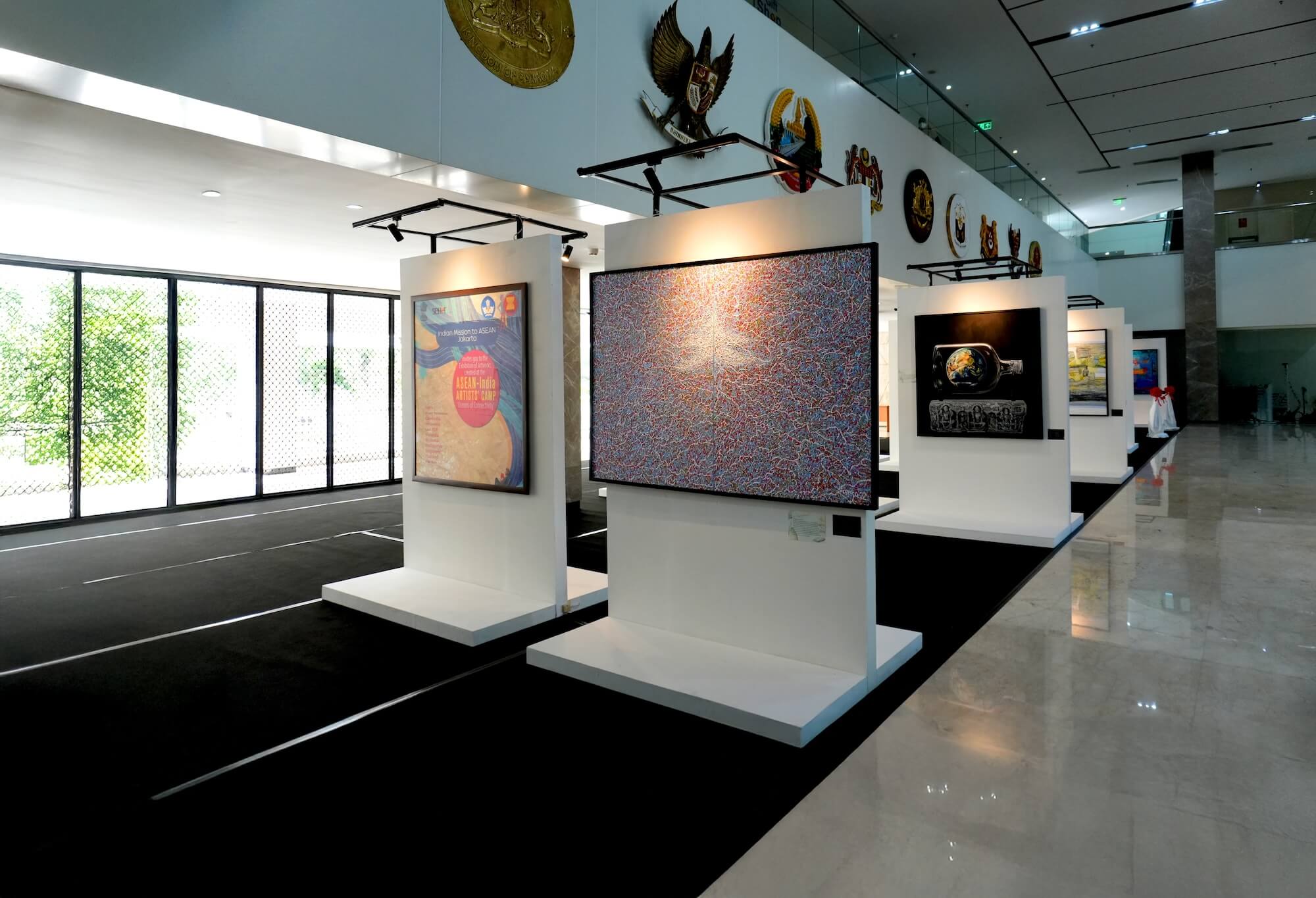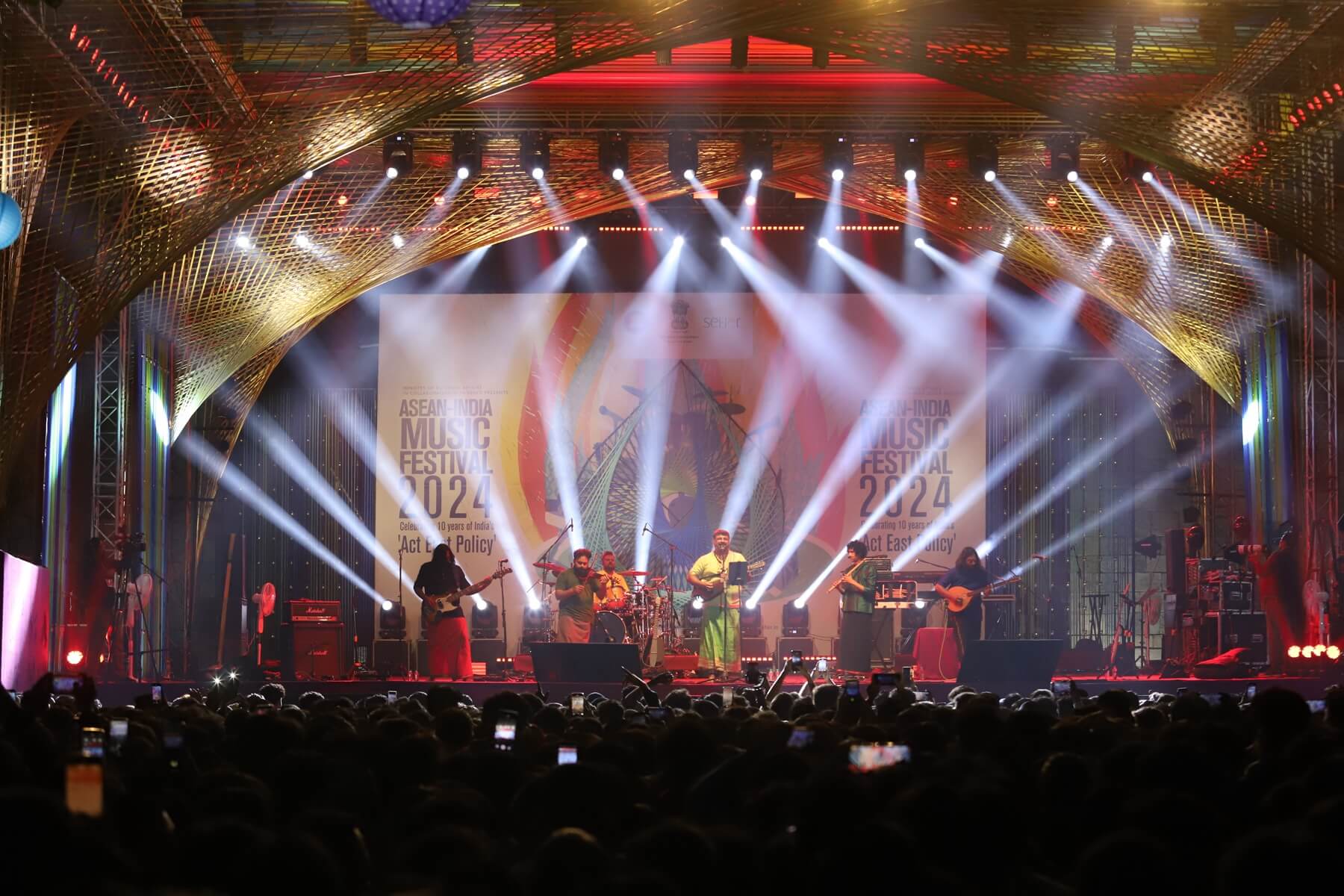




Indian music is a reflection of the rich cultural traditions and history of India. Its unique sounds have created legions of fans around the world and influenced the global music scene.
Indian music history can be traced back to approximately 10,000 years ago when the earliest evidence of music activity was found on the cave wall paintings at Bhimbetka rock shelters in Madhya Pradesh. But the foundation of Indian music came much later in the form of Samaveda, one of the four ancient Vedic texts believed to be composed between 1,200 to 900 BCE and contained texts that were chanted in seven pitches.
Types of Indian Music
Hindustani from northern India and Carnatic from the south are two main classical music genres in India. Hindustani was not only influenced by ancient Hindu musical traditions, but also by Persian features, while Carnatic was heavily grounded in Hinduism and often reflects a history and mythology from the Dravidians cultures, World Music Network notes.
Both Hindustani and Carnatic share three common parts in their musical systems: raga (the patterns of notes that form a melody), tala (the rhythmic patterns), and drone (the sustained notes played throughout the passage). Sitar, tabla, veena, and tambura are some instruments that use these systems. The musicians often improvise during their performance because of the oral tradition of teaching and learning of Indian music which focuses on passing down short musical pieces rather than long compositions, according to The Kennedy Center.
Folk music is also popular in India. Often associated with dance, folk music is performed at local celebrations to bring communities together. Folk music comes in many forms, such as Lavani, Bhangra, Sufi folk-rock, Bengali, and Rajasthani.
Indian pop music is perhaps the most popular music genre, thanks to Indian films songs, or filmi. Taking the roots from Indian classical music, filmi usually combines pop and modern beats to produce catchy tunes. The genre has captivated not only the people in the subcontinent, but also worldwide. Pop star Britney Spears sampled a Bollywood movie in the 1980s for the iconic highpitched melody in her hit song, Toxic.
Experiments in blending Indian and western sounds took place over the course of the 20th century. In the 1960s, many western rock groups introduced Indian elements into their music that influenced the birth of raga rock. Another notable east-west fusion took place in the 1970s when English guitarist John McLaughlin collaborated with Indian instrumentalists L. Shankar, Zakir Hussain, and Vikku Vinayakram in the acoustic ensemble Shakti, producing an authentic jazz-rock sound.
Indian Music in Southeast Asia
The continuous influx of people originating from India to Southeast Asia has played an important role in popularising Indian music and assimilating its elements in the region’s cultural and religious practices. As a result, the influence of Indian music is highly recognisable in the region’s music scenes.
Malaysia offers a wide variety of music genres, reflecting the country’s mix of Malay, Chinese, Indian, and indigenous populations. As it is home to more than two million ethnic Indians, most of whom are ethnic Tamilian from southern India, Carnatic has become the dominant sound among the group. For instance, Tamil folk music urumee melam is popular nowadays among the Indian communities. In India, urumee melam, named after doubleheaded drums urumee, is played in temples, but in Malaysia, it is performed during festivals or cultural shows. Besides Indian music’s popularity in the ethnic music scene, more Malaysian Indians artists have also emerged in the country’s contemporary music field like pop and hip-hop.
Indonesian soundscape is also familiar with Indian rhythms. Dangdut is a popular music genre in Indonesia that was originally associated with Malay orchestra and Indian film music from the 1950s and 1960s. The term dangdut is coined from the sound produced by tabla, the Indian twin-hand drums, that could be written dang and ndut. In the early 1970s, Rhoma Irama, known as the “King of dangdut,” brought the sound and performance style of American and British rock music into dangdut, making dangdut sound more vibrant. Dangdut has since evolved into several forms, like rock-pop dangdut, disco dangdut, koplo dangdut, and hip-hop dangdut.
In Thailand, despite having incorporated Buddhist practices, coronation ceremonies are deeply influenced by Indian civilisation and Brahmin beliefs, and music is an integral part of such ceremonies, the Bangkok Post reports. The flow of cultural exchanges also affected the shape of musical instruments, like chakhe, a two-string zither-type of instrument which had been used since the early 14th century of the Ayutthaya period. Chakhe is similar to Cambodian krapeu and Burmese mi gyaung.
Many musical instruments in the region also pick up their terms from India, such as kacchapi and kamsa. Kacchapi is the Sanskrit form of boat lutes found in the Philippines and Indonesia, also known in various languages as kudyapi, kecapi, husapi, sampeq, among others. Kamsa or gangsa, which means bell-metal in Sanskrit, meanwhile, refers to flat gongs in northern Luzon (Philippines), metallophones in Java and Bali (Indonesia), and musical ensemble or gamelan in high Javanese.
References:
India’s Centre for Cultural Resources, Musical Instrument of India booklet. Retrieved from http://ccrtindia.gov.in/ package_books.php; Bart Barendregt, Peter Keppy, and Henk Schulte Nordholt, Popular Music in Southeast Asia: Banal Beats, Muted Histories, 2017. Retrieved from https://library.oapen.org/bitstream/ handle/20.500.12657/31148/637515.pdf?sequence=1&isAllowed=y; Arsenio Nicolas, Early Musical Exchange Between South and Southeast Asia, (2011).https://doi.org/10.1355/9789814311175020; World Music Network (https://worldmusic.net/); The Kennedy Center (https://www.kennedy-center.org/); https://www.thestar.com. my/lifestyle/culture/2017/11/30/urumee-melam-drum-indian-folkmusic; https://www.bbc.co.uk/bitesize/guides/zsydwmn/revision/1; https://promusicianhub.com/types-indian-music/








